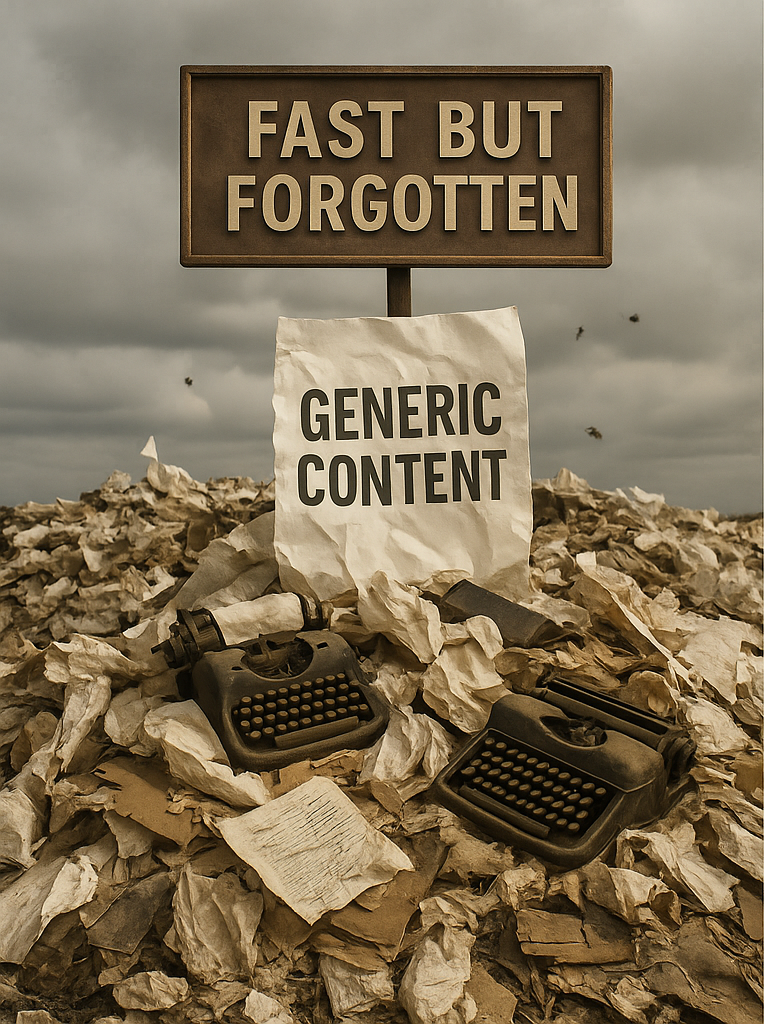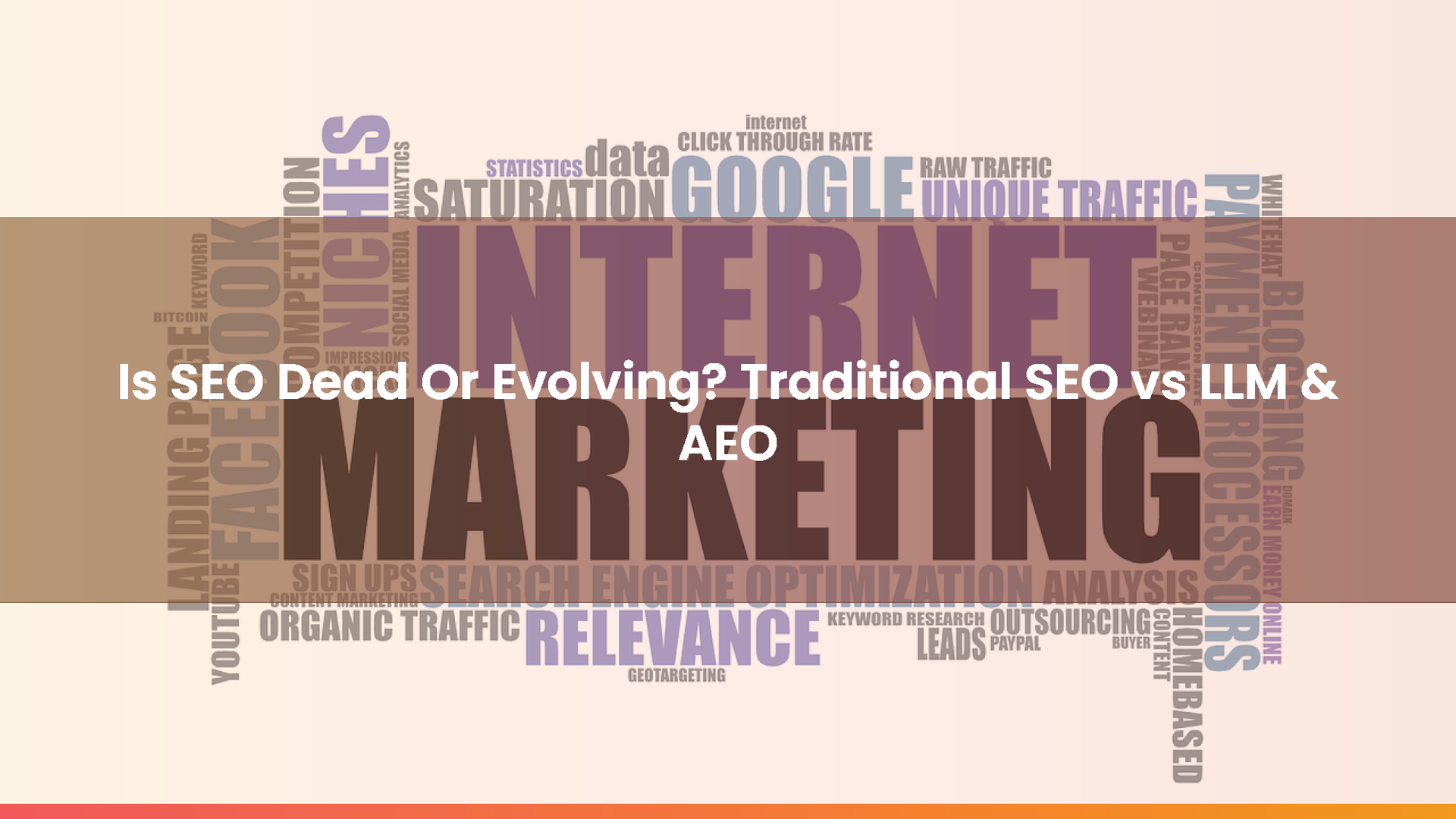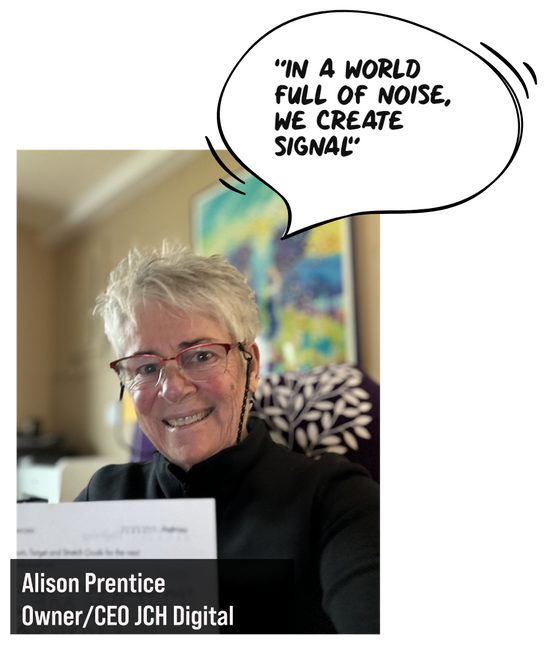Why Quality Outperforms Quantity
Why publishing large amounts of low quality content harms your brand

Publishing large amounts of lower-quality content is generally worse than focusing on high-quality, niche-specific content for several key reasons, especially when it comes to SEO performance , long-term site authority and organic traffic.
1. Search Engine Algorithms Prioritize Quality
- Search engines like Google increasingly favor content that is original, well-researched, and provides real value to users. High-quality content that meets user intent, is comprehensive, and is well-optimized for relevant keywords is more likely to rank higher in search results.
- Low-quality or irrelevant content can signal to search engines that your site is less authoritative or trustworthy, leading to lower rankings or even penalties.
2. User Engagement and Retention
- Quality content keeps users engaged, encourages them to spend more time on your site, and reduces bounce rates—all positive signals for SEO.
- Conversely, a flood of mediocre content can cause visitors to leave quickly, increasing bounce rates and damaging your site's reputation and user trust.
3. Brand Authority and Trust
- Consistently publishing valuable, niche-focused content builds your authority and trust with both users and search engines.
- Diluting your content with off-topic or low-value posts can erode this trust, as seen in the example of HubSpot, which lost significant traffic after straying from its core focus and publishing too much irrelevant content.
Long-Term Impact on Rankings and Recovery
Negative Effects Over Time
- A shift toward lower-quality content may not cause an immediate ranking drop, but over time, it can trigger gradual declines as search engines reassess your site’s authority and relevance.
- If your site becomes associated with thin, low-value, or off-topic content, it can be flagged as less authoritative, making it harder to rank for your main keywords.
Recovery Challenges
- Recovering from a period of poor-quality content can be difficult and slow. It often requires:
- Auditing and removing or improving underperforming content
- Refocusing on your niche and user intent
- Consistently publishing high-quality, relevant content to rebuild authority and regain lost rankings
- Updating and refreshing existing content, rather than simply producing more, is often a more effective strategy for recovery and long-term growth.
Summary Table
| Approach | Short Term Impact | Long Term Impact | Recovery Difficulty |
|---|---|---|---|
| Lots of Low-Quality Content | Possible short-term visibility, but poor engagement and higher bounce rates | Declining search rankings, loss of authority, content fatigue | Difficult; requires audits, content pruning, and sustained quality improvements |
| High-Quality, Niche Content | Slower initial growth, but better engagement and trust | Improved rankings, loyal audience, sustainable growth | Easier to maintain and scale |
Key Takeaway
Focusing on high-quality, niche-specific content is far more effective for SEO, user engagement, and brand reputation than churning out large volumes of lower-quality posts. Over time, poor-quality content can erode your rankings and authority, and recovery requires a strategic, quality-first approach.
Ready to work with JCH Digital?
Let's connect! We’re here to help.
Send us a message and we’ll be in touch.
Or give us a call today at 604-290-6869












